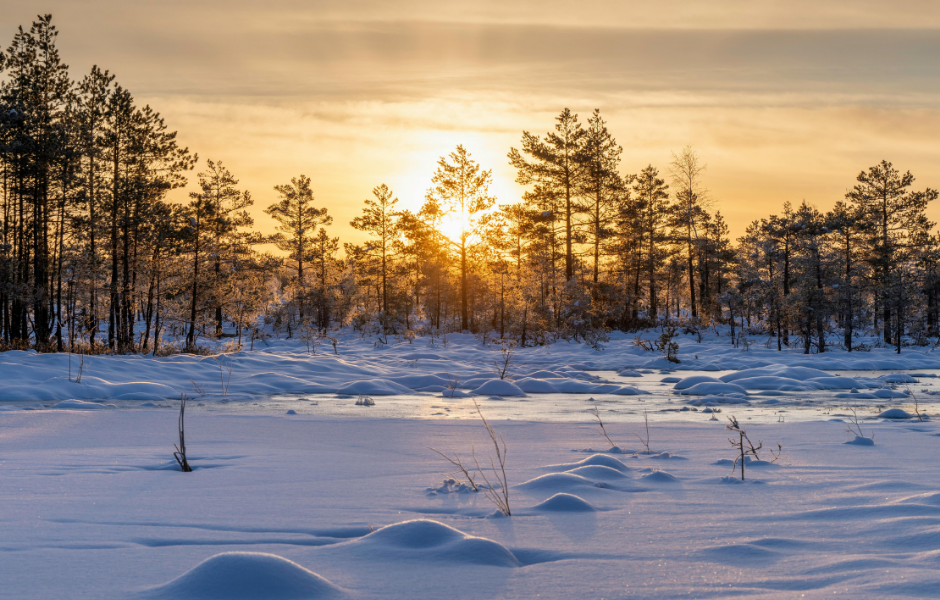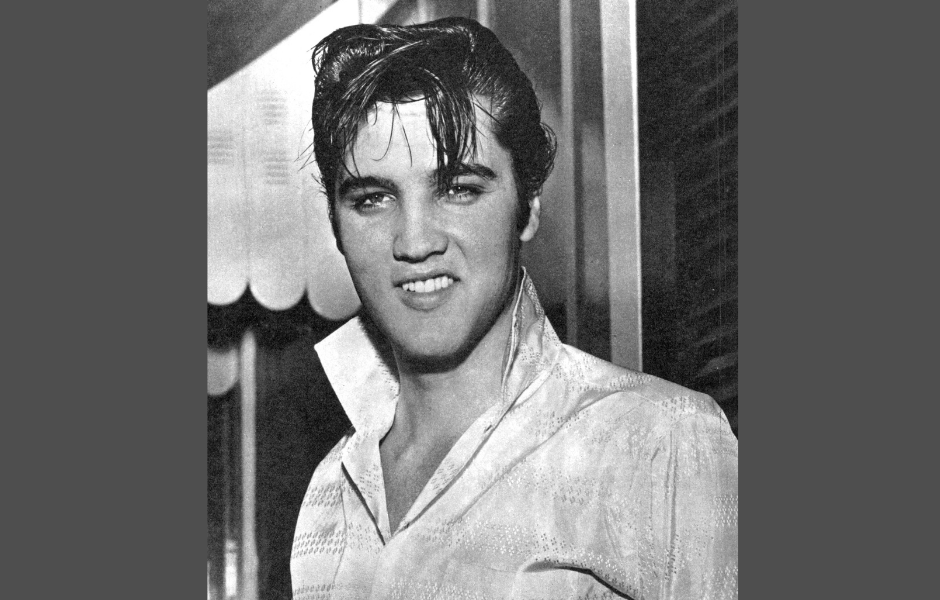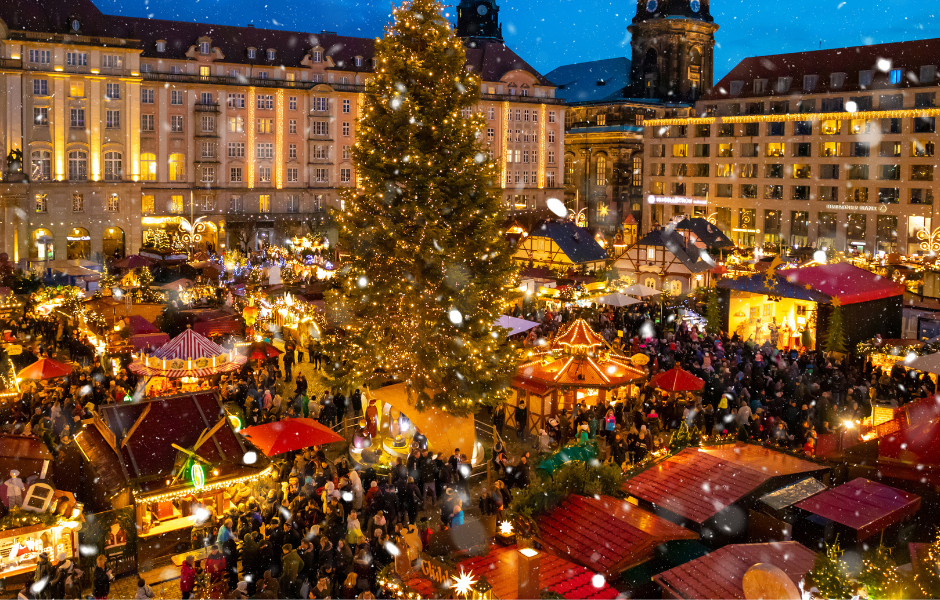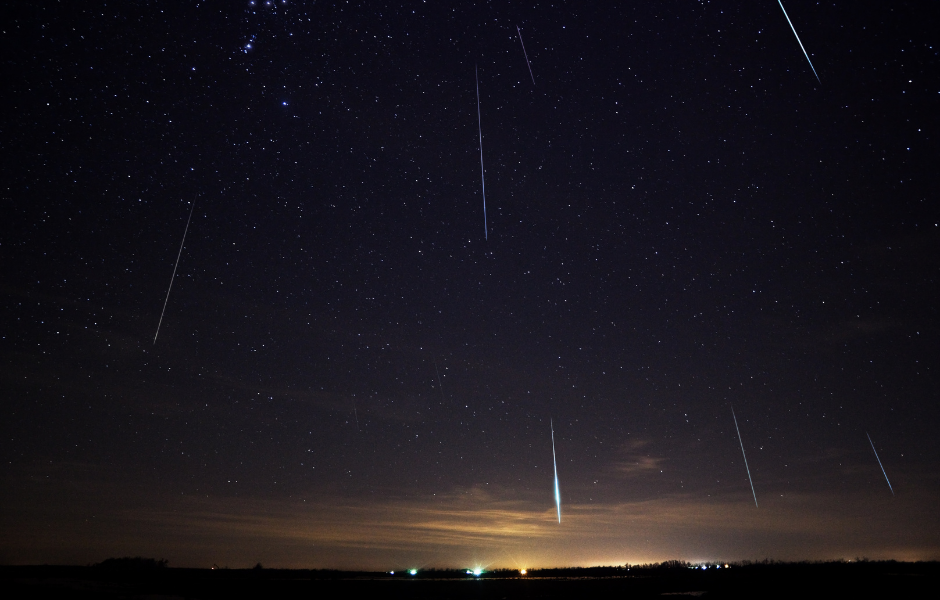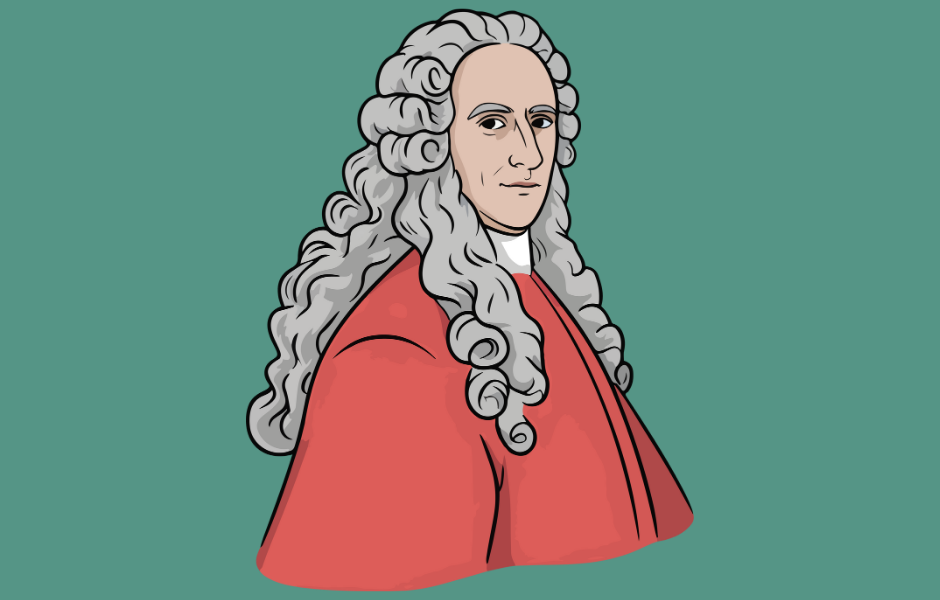
This children’s article, Edmond Halley, the Astronomer Royal and his comet, has been written for native English speakers and learners of English as a second or foreign language. It can help children practise reading and comprehension, learn useful vocabulary, and explore one of the most important discoveries in astronomy. Written by Sinead O’Carroll, an experienced teacher and writer.
Who was Edmond Halley?
Edmond Halley was an English astronomer, mathematician, and explorer. He was born in 1656 in London and grew up during a time when people were making many new discoveries about space. Halley loved studying the stars and wanted to understand how the universe worked.
Discovering a famous comet
In the 1600s, people often saw bright comets in the night sky but did not know what they were or where they came from. Halley carefully studied reports of comets seen in 1531, 1607, and 1682. He realised they were all the same comet returning again and again.
In 1705, Halley used Isaac Newton’s new laws of motion and gravity to predict that the comet would return in 1758. He was right, even though it came back sixteen years after he died. This comet is now called Halley’s Comet in his honour.
Why Halley’s Comet is special
Halley’s Comet is one of the most famous comets in the world. It travels around the Sun once every 75 or 76 years. The last time it appeared was in 1986, and the next time it will return is in 2061. When it appears, it can be seen from Earth with the naked eye, glowing brightly in the night sky.
Another incredible thing about Halley’s Comet is that as it travels around the Sun, it leaves little bits of dust and rock behind, causing the Orionid meteor shower, a beautiful light show in the sky. You can read all about it here – The Orionid meteor shower: Halley’s Comet’s magical light show.
Other achievements
Halley’s interests included more than just comets. He created one of the first accurate maps of the southern stars after travelling to the island of St Helena. He also studied Earth’s magnetic field and drew the first magnetic charts to help sailors find their way at sea.
In 1720, Halley became the second-ever Astronomer Royal, one of the most important scientific jobs in Britain. He also supported Isaac Newton in publishing Principia Mathematica, one of the most famous science books in history.
A lasting legacy
Edmond Halley’s work showed how careful observation and mathematics could explain the movements of objects in space. His ideas helped shape modern astronomy, and every time Halley’s Comet lights up the sky, people remember the scientist who proved that comets return again and again.
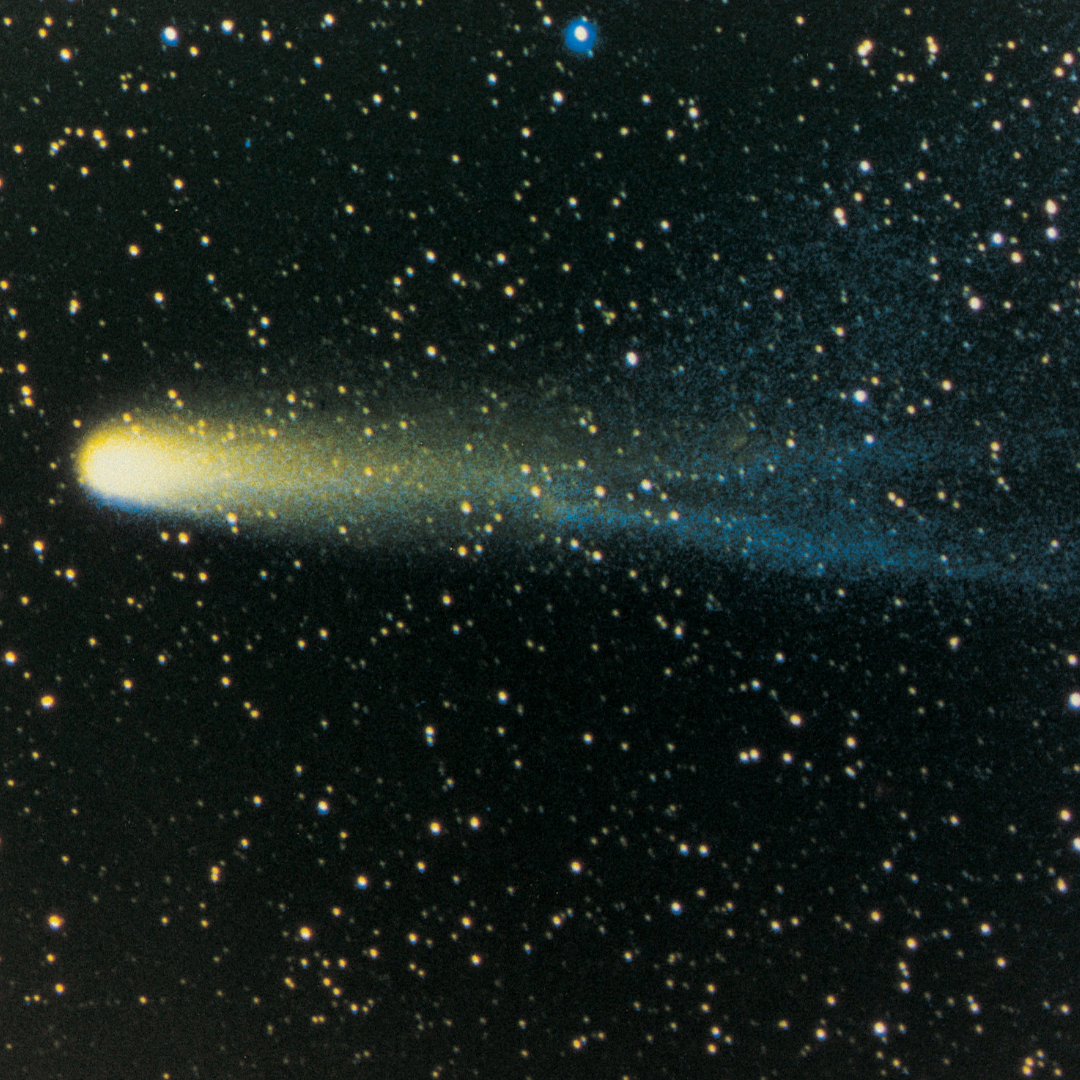
Article vocabulary list
- Astronomer – a scientist who studies the stars, planets, and space
- Comet – a bright object made of ice and dust that travels around the Sun
- Gravity – the force that pulls objects towards each other, like how the Earth pulls us down
- Mathematician – a person who studies or works with numbers and calculations
- Orbit – the path one object takes as it moves around another, such as a comet around the Sun
- Predict – to say what will happen in the future based on facts or evidence
- Telescope – an instrument used to make faraway objects in space look closer
- Universe – everything that exists, including stars, planets, and galaxies
Comprehension questions
Just click the plus (+) to see the answer
1. What was Edmond Halley’s job?
a) Artist
b) Astronomer
c) Sailor
Answer: b) Astronomer
2. When did Halley predict the comet would return?
a) 1682
b) 1705
c) 1758
Answer: c) 1758
3. How often does Halley’s Comet appear?
a) About every 10 or 12 years
b) About every 50 or 60 years
c) About every 75 or 76 years
Answer: c) About every 75 or 76 years
4. What island did Halley visit to map southern stars?
a) St Helena
b) Iceland
c) Madagascar
Answer: a) St Helena
5. What book did Halley help Isaac Newton publish?
Answer: Principia Mathematica
Sinead is a writer and EFL teacher with eight years’ experience. She’s a native English speaker who loves making news stories fun and easy to understand for children around the world. Her passions include travel, animals, and helping to make the world a kinder, more sustainable place.

